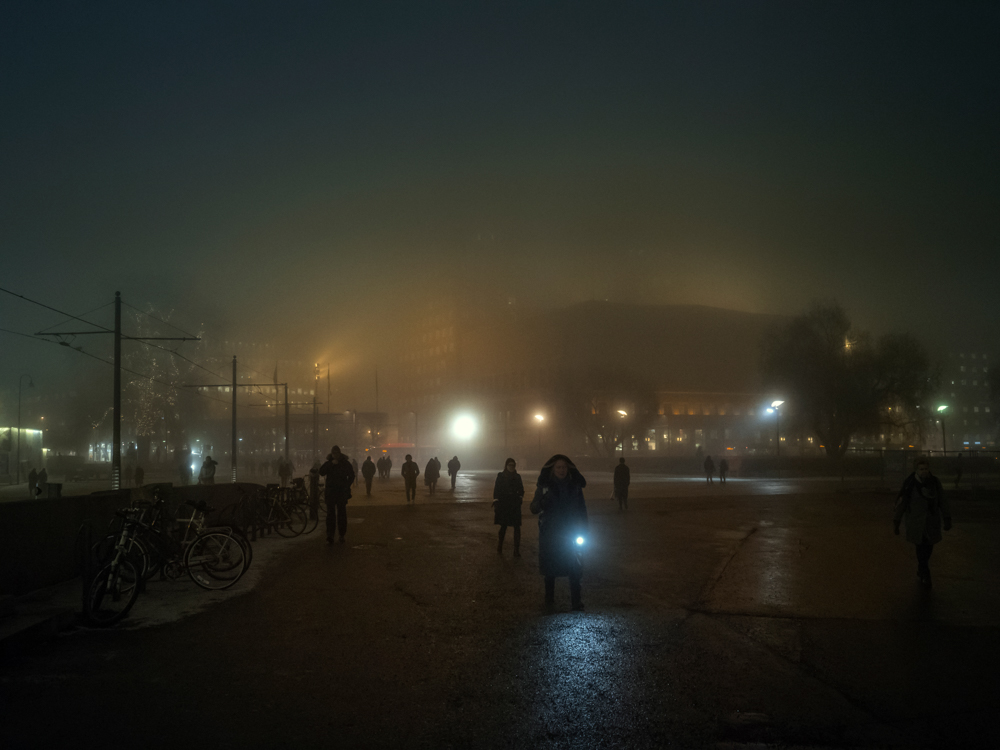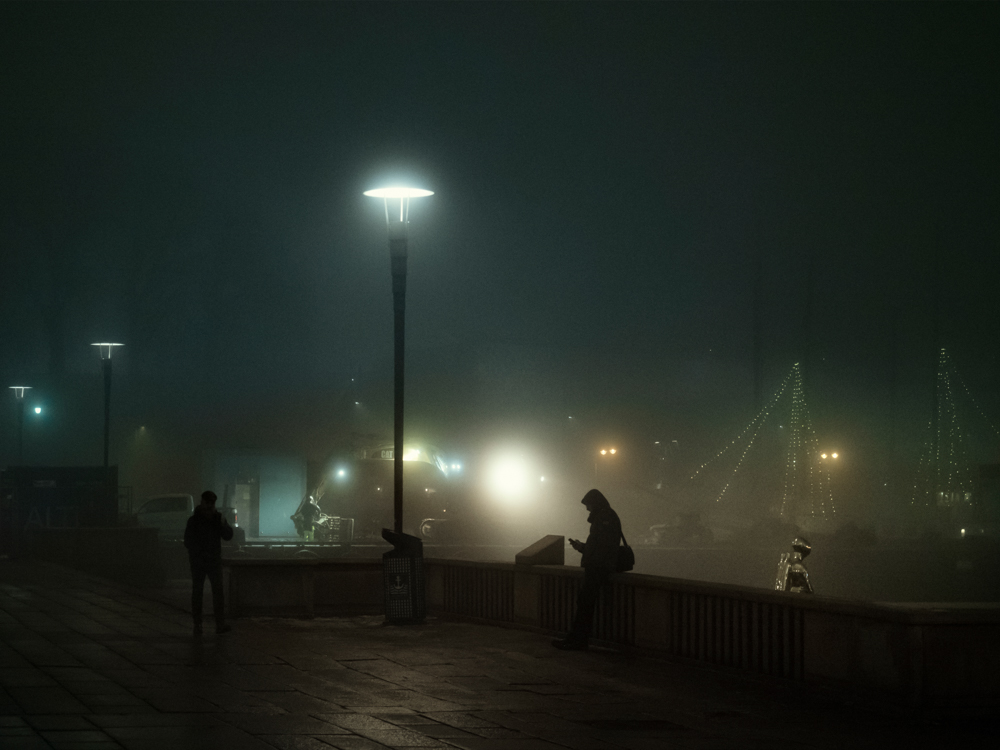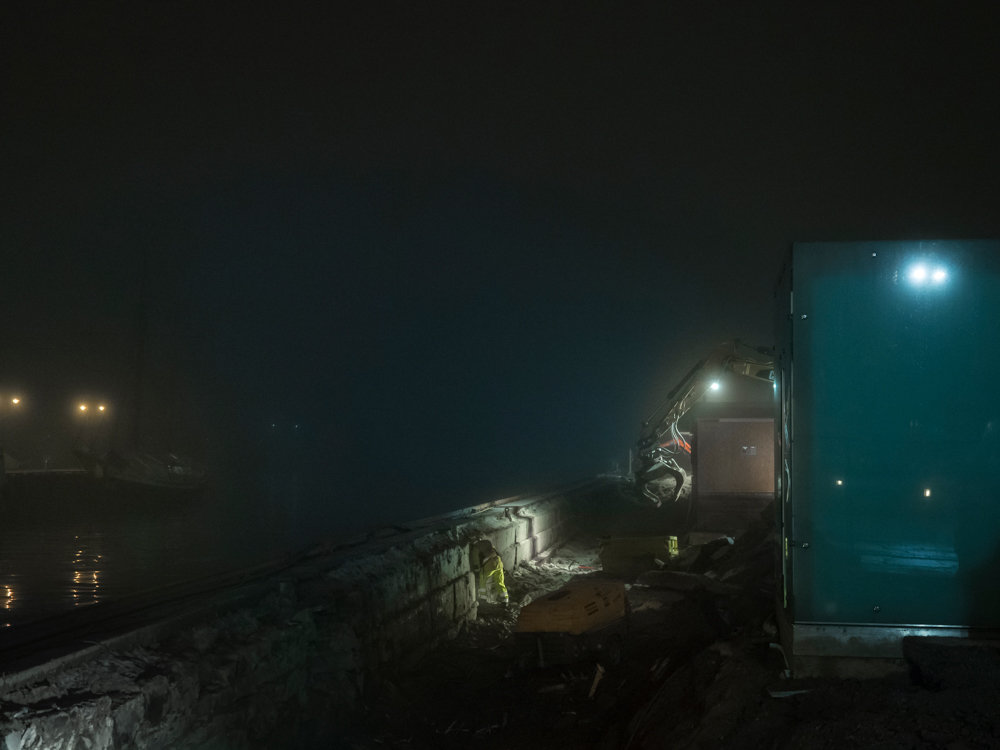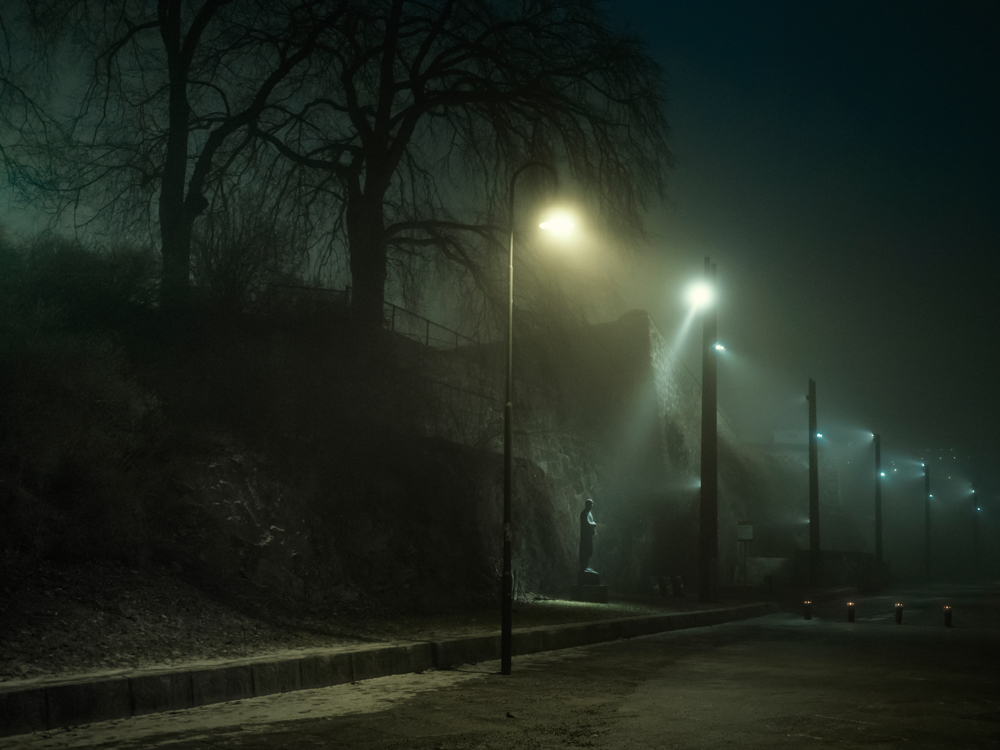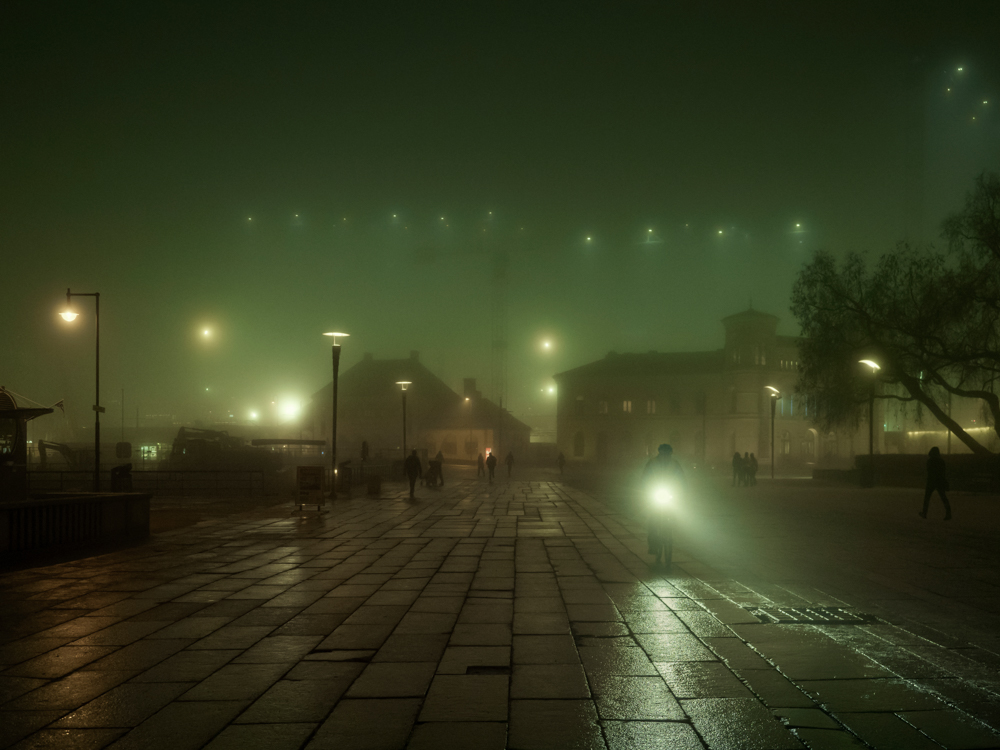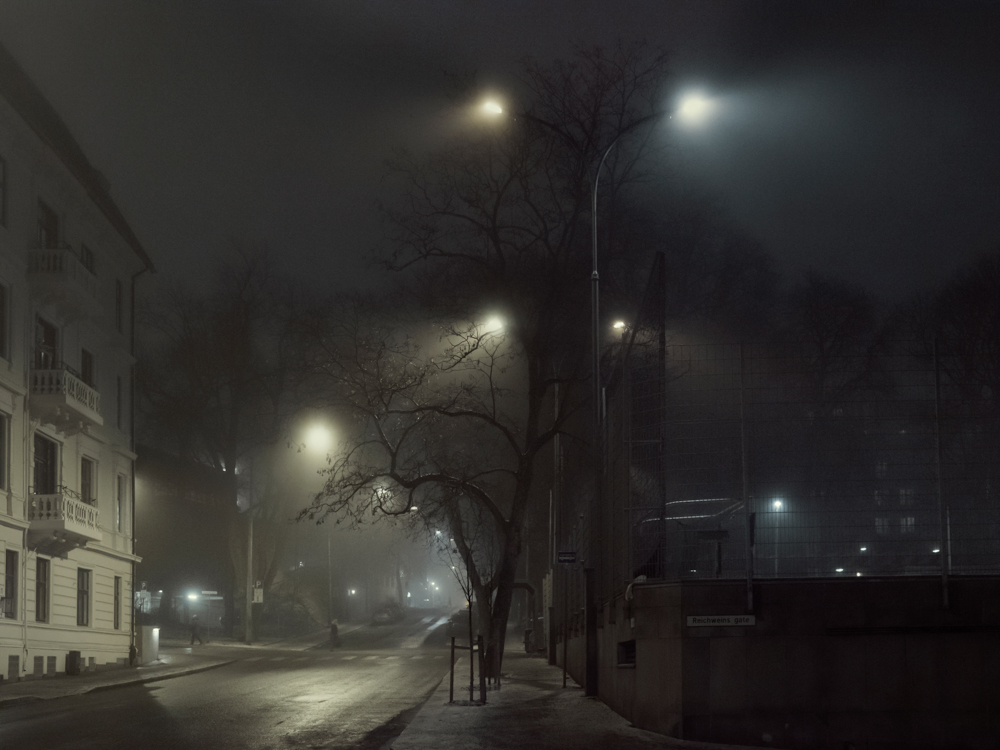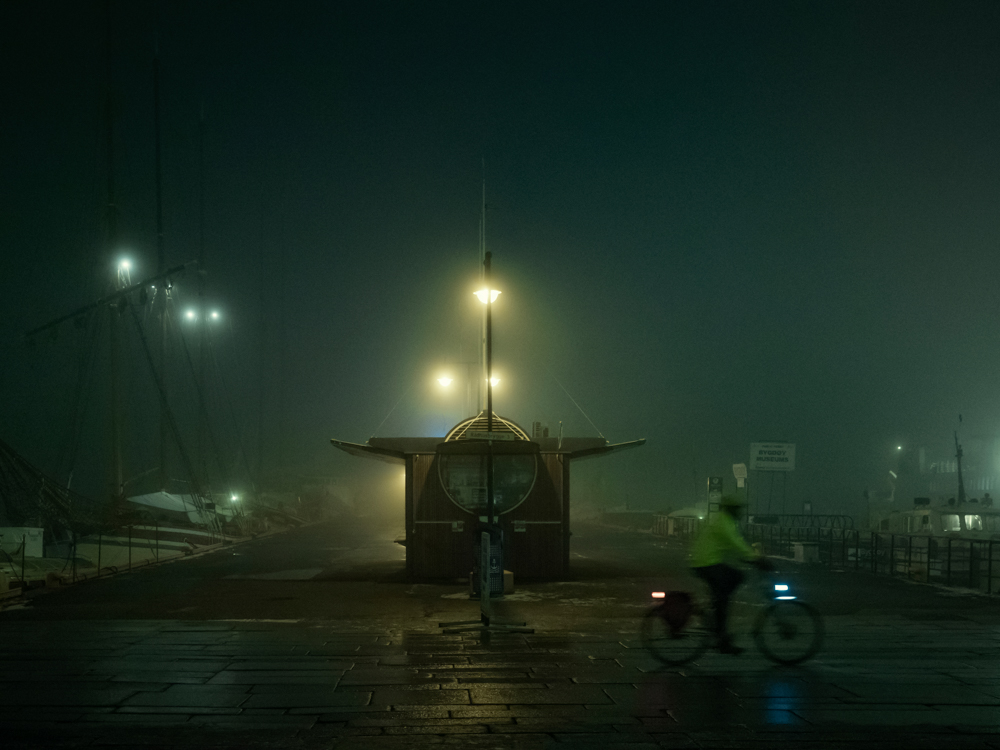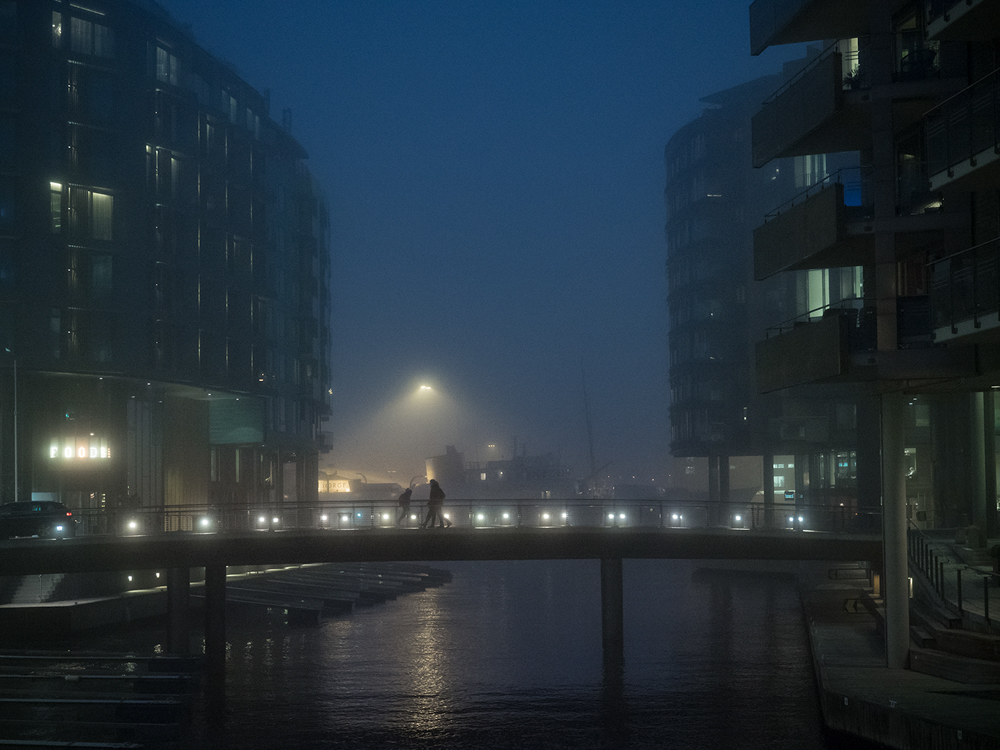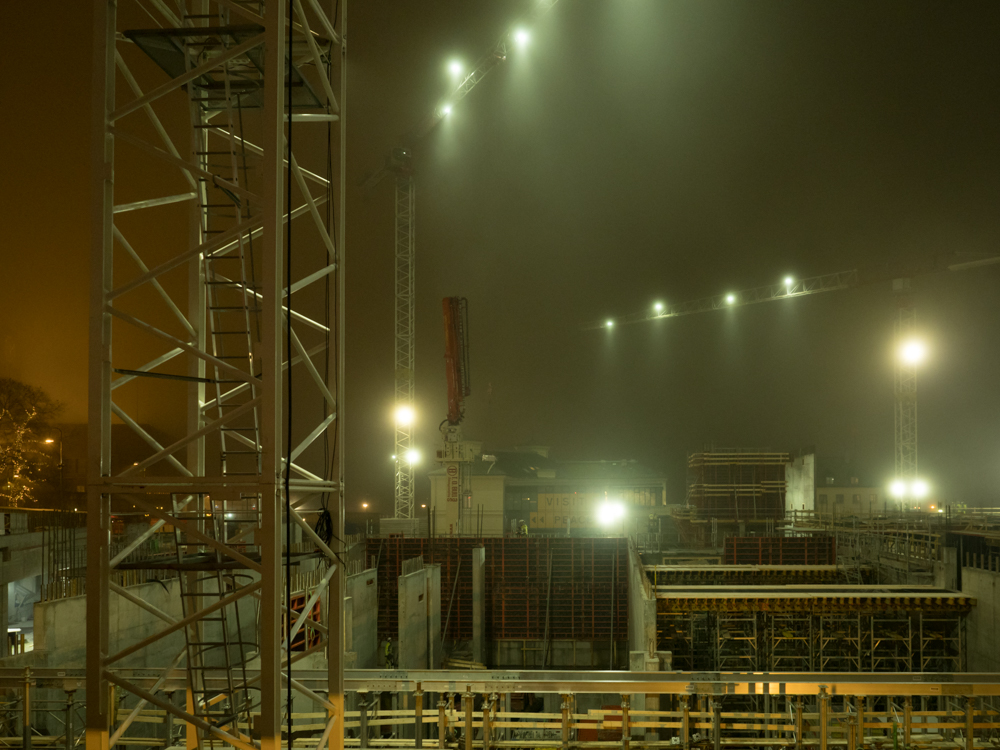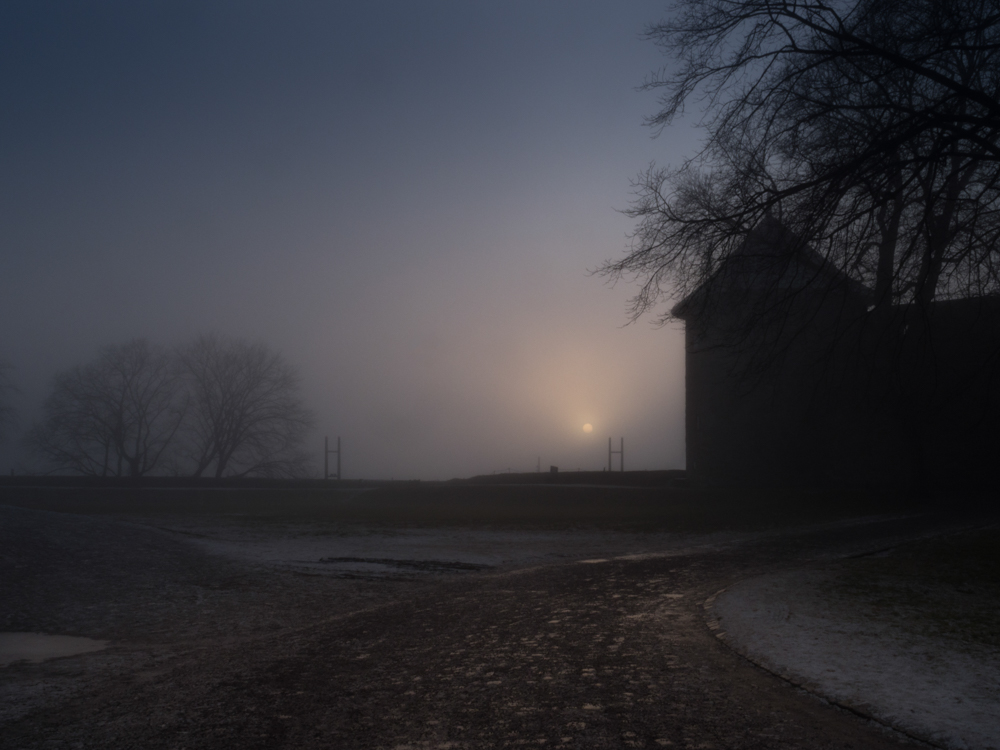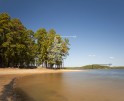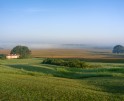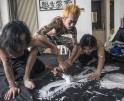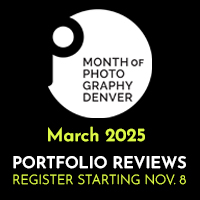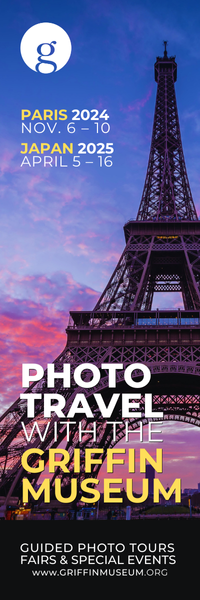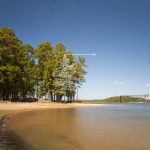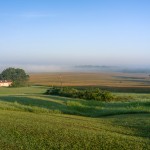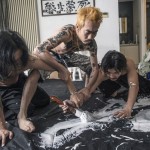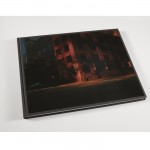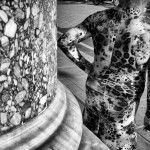Focus on Norway: Tine Poppe
I was introduced to Tine Poppe and some of the other photographers featured during this week’s focus on Norway through the kind recommendation of Elisabeth Nordeng Aanes, founder of the Nord Photography Workshops, that I have had the pleasure of attending in the past. Addressing Norway during Christmas week seems appropriate as the range of projects selected moves from the darkness of Tine Poppe’s, Winter Solstice, and Charlie Fjätström’s , No One Left to Blame, to the documentary visions of Terje Abusdal’s, Slash & Burn, and Linda Bournane Engelberth’s, Outside the Binary”, and rounding the Christmas week out with Helge Skodvin’s light- hearted, They Do Know It’s Christmas. The variety of artistic expression and vision that Norwegian photographers present this week gives one much to ponder in the transcendent themes they address. Given that today is the winter solstice, it gives us a timely introduction to the diverse talent of Tine Poppe and her eponymous project.
Tine Poppe is an artist photographer living and working in Oslo, Norway. Prior to becoming a full-time photographer, she worked as a graphic designer in advertising/design. She is the mother of three children. Her photography practice addresses social, political, existential and environmental issues through art or documentary photography. her work has been published and exhibited in prominent publications, photography magazines and exhibitions worldwide. Her works have been purchased by both governmental and corporate art collections in Norway and abroad. Her work has been internationally recognized by Sony World Photography Awards, IPA International Photography Awards, PX3 Prix de la Photographie Paris, LensCulture Emerging Talent Awards, LensCulture Street Photography Awards and others. Her work is included in the book “The best of LensCulture Vol. 1 and Vol. 2”. She was recently awarded the prestigious Norwegian award Fotografiprisen and is represented by INSTITUTE .
WINTER SOLSTICE
December afternoons in the city center of Oslo, Norway. The days around winter solstice have only a few hours of daylight and are the longest nights of the year. Norwegians call this time of the year “mørketid” – the time of darkness.
In ancient times the days surrounding the solstice were called “Yule” and worshipped as a reawakening of nature. The Norwegian translation of “Christmas” is “jul” and many Christmas traditions such as the Christmas tree originate from ancient Yule customs. These traditions should remind us of how much closer we once were to nature and how we should refresh our bonds with things natural. Norwegians no longer worship the reawakening of nature around the winter solstice, but sadly the opposite is true. As the world wrestles over what they should do to keep the planet from heating up to dangerous levels, Norway remains one of the biggest oil producers in the world and hesitates to curb the expansion of oil and gas production while raging wildfires, once-in-100-year storms and lethal heatwaves have become fixtures of the daily news.
Your project, “Winter Solstice” focuses upon the longest night and shortest day in the northern hemisphere … how did you decide to opt for darkness over light in envisioning the project?
It was actually almost no option, as the days around winter solstice have only a few hours of daylight this high up north on the planet. We call this time of the year “mørketid” – the time of darkness. It is the darkness that defines these special days before Christmas, and we count the days until the sun turns.
The project features a consistent use of artificial light. What inspired you to choose to feature this particular quality of light in a project which has an underlying theme of environmental degradation?
Well, photography is all about light, whether it is artificial or natural. The same applies to the human mind and body, as they react badly to a lack of light. Winter depression is a common problem in the north. The further north you go, the worse it gets and sometimes people even get suicidal in the places where the sun is totally gone from beginning of December until well into January. To remedy this, we depend on artificial light.
“Winter Solstice” presents a very urban and solitary landscape in a country blessed with exquisite landscapes and natural wonders. What was your intention in presenting the solstice in Oslo alone?
Simply because it was a kind of personal project and Oslo is where I live, and that is how my surroundings appear at this time of the year. Although every day is not blessed with the fog that appears in these pictures. So, whenever I had the possibility of jumping outside with my camera when the fog appeared… that is what I did.
You have created broad range of photographic projects that address an array of social issues including immigration, racism, political asylum, female circumcision, environmental degradation and even specific political commentary. You have also created a range of abstract and fine art projects that soothe and comfort. How do you explain this diverse and seemingly contradictory approach to your work?
For years I concentrated on documentary projects about issues that I wanted to emphasize holistically. I would define them more as humanitarian projects rather than political. My anger at the unfairness of this world was at the heart of it. And the more I got to know people who were afflicted by the unfairness, the angrier I became. Eventually, I realized this wasn’t something I could keep on doing forever. It afflicted my health as I was diagnosed with cancer. That was two years ago. I am fortunate to live in a country with free public health service and very competent health personnel, so I am very happy to say that I am cured from the cancer now. But in the meantime, I felt the urge to do something completely different – something that is absent of narrative and comforting instead of upsetting. The absence of narrative still appeals to me and I enjoy pushing myself to find new ways of using photography.
There is generally a dark palette to your work in various projects, including “Winter Solstice” which is shot completely after darkness falls. Is there a message you are trying to convey with this absence of light?
I must admit that with the urgent climate crisis, the refugee crisis and the rise of populism I don’t think we are in a particularly bright spot at the moment. Hopefully we will get our shit together and make things change before it is too late.
What are the unique challenges faced by a photographer in Norway in terms of getting your work noticed and exposed to a broader audience? What opportunities exist in the European photographic community or beyond?
Norway is a small country, and it is as hard to survive as a photographer here as it is in most other countries. The photographic community is quite small, but this is changing and the interest in photography as an art form is growing. For a number of years, I entered photography contests with my personal projects in Europe and the US, and this gave me a lot more attention abroad than in my own country. This led to assignments in various countries, which I enjoy very much.
What’s next on your photographic journey?
These days I am printing and preparing for a large exhibition in Oslo in January, 2021. The exhibition consists solely of large abstract works, and for the first time I have added paint to the prints, which is really fun!
Posts on Lenscratch may not be reproduced without the permission of the Lenscratch staff and the photographer.
Recommended
-
Marco Yat Chun Chan: Dollar Landscape and Savannah TreesSeptember 24th, 2024
-
Meryl Meisler: Street WalkerSeptember 14th, 2024
-
Photographers on Photographers: Kiên Hoàng in Conversation with Jamie Maxtone – GrahamAugust 15th, 2024
-
Michael Young: Maybe TomorrowJune 26th, 2024
-
CENTER BLUE EARTH FISCAL SPONSORSHIP: MARK LEONGMay 27th, 2024

